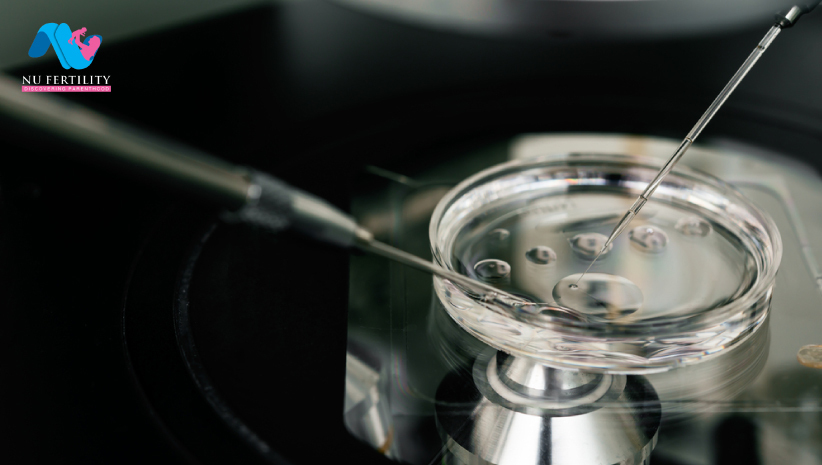The demand for IVF treatment is gathering pace. This is because it has helped all those patients who were otherwise unable to conceive. The ultimate objective of IVF is to have a successful pregnancy and a healthy baby. However, today’s digitally driven and stressful corporate world has created a challenge for women who are looking to welcome Motherhood with the help of IVF treatment. However now there is a ray of hope as Work from Home is the new norm for most of the employees due to the current crisis caused by the pandemic.
Ivf Treatment
Fertility Care – It’s all about being in Good Hands
Life presents us with many choices. It’s the choices we make that determine our future. This is all the more evident in the healthcare sector these days where patients would like to have multiple opinions before going ahead with the medical treatment advised by the physicians relevant to their specific health issues. In other words, patients would like to meet multiple doctors and take their individual opinions. This is also referred to as doctor shopping.
Misconceptions about IVF
IVF is one of the most fascinating discoveries of the 20th century. Nobel prize in medicine was awarded to Sir Robert G Edwards in 2010 for this amazing discovery. It has been about 40 years since the birth of the first child through IVF. Over 4 million people owe their existence to IVF. Despite this, many people are not convinced by this concept.
Effects of Alcohol on Female Fertility
Alcohol addiction can have a negative influence on both female and male fertility causing significant hurdles in their journey from infertility to fertility.
Does the collection of eggs increase the chance of pregnancy from IVF?
The process of IVF(In-Vitro-Fertilization) involves the ovarian stimulation with hormones with the intention of retrieving more eggs. The whole idea is to have enough eggs to produce an optimum number of good embryos to transfer and to freeze a few in case the fresh transfer fails. The question here is how many do we actually need? What is the optimum number of eggs needed to achieve a live birth, which in turn is the ultimate aim of IVF?







